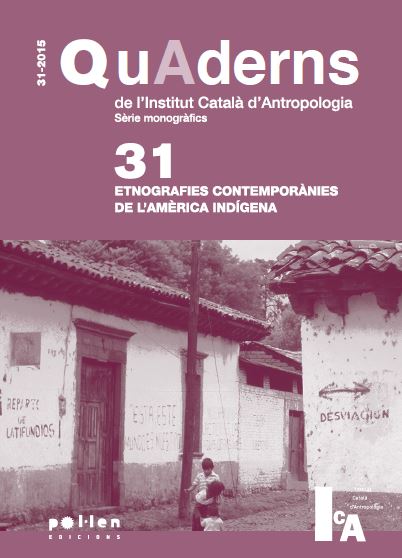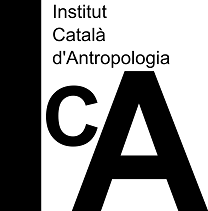Las representaciones del indígena desde la antropología en Guatemala
Keywords:
indigenous peoples, Guatemala, representations, history of anthropology, the MayaAbstract
This article reflects on the ways in which anthropology has represented indigenous people in Guatemala, identifying three key periods in this representation ranging from the early twentieth century to the present. Until the 1970s, we can observe how anthropological images of indigenous people ranging from infantilizing to degrading prevented the very social integration that anthropologists claimed to defend. Images of indigenous people began to change after 1970 under the effects of war and economic development policies but also as a result of the emergence of an indigenous movement that questioned the representations of pre-1970s anthropology. Finally, the success and general acceptance of the term “Maya” in the postwar period points to a “cultural” renaissance but also to various objects of study that suggest the difficulty of continuing to use the same anthropological categories used in the past.
Downloads
Global Statistics ℹ️
|
290
Views
|
199
Downloads
|
|
489
Total
|
|
Downloads
Published
How to Cite
Issue
Section
License
Distributed under the terms of the Creative Commons Attribution 4.0 International Use and Distribution License (CC BY-NC-SA 4.0)




